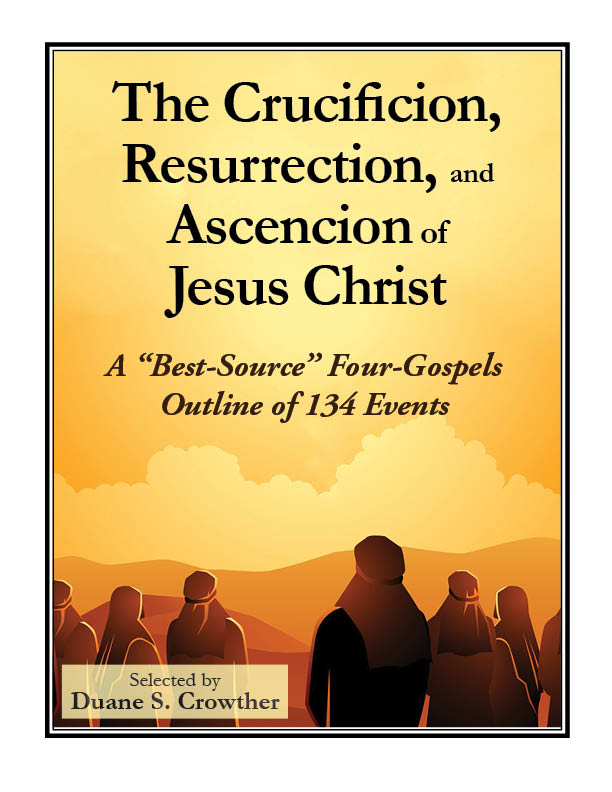Easter is a Christian festival and holiday commemorating the resurrection of Jesus from the dead. To Christians, His resurrection represents the triumph of good over evil, sin, death, and the physical body. Regularly observed from the earliest days of Christianity, it is the most important feast day in the Christian calendar. In many Catholic and Protestant faiths, it marks the end of Holy Week, as well as the beginning of the Easter season of their liturgical year.
Where Did the Word “Easter” Come From?
The word Easter is related to the Latin word Pascha, which comes directly from Pesach, the Hebrew word for Passover.
Going back to the Hebrew Bible and the story of the first Passover: Moses told the Israelite families to slaughter a passover lamb and paint its blood on their doors “so the Lord will pass over the door, and will not suffer the destroyer to come in unto your houses to smite you.” (Exodus 12:23). And the Israelites then were commanded: “ye shall observe this thing for an ordinance to thee and to thy sons forever. . . It is the sacrifice of the Lord’s Passover, who passed over the houses of the children of Israel” (Exodus 12:24, 27). Thus began the Israelites’ annual Passover festivals and holidays.
In the New Testament (1 Corinthians 5:7-8), Paul connected the resurrected Christ to their Passover sacrifices. He portrayed Jesus as the paschal lamb who has been sacrificed for his people’s salvation: “For even Christ our passover is sacrificed for us . . . Therefore let us keep the feast.” Thus he characterized Jesus as the “paschal lamb” who has been sacrificed for all mankind’s salvation.
Jesus celebrated His last supper with his disciples during Passover, so it makes sense that Christianity’s Easter Feast of the Resurrection has become connected with the Jewish Passover holiday. And the week preceding Easter Sunday has come to be known as the “Holy Week.”
Today, this sacred holy day has been “modernized” by the addition of Easter baskets laden with candy, colorful Easter eggs, and chocolate bunnies. Participating in easter-egg hunts and family picnics have been substituted for attending religious worship services. Families may well enjoy those “add-ons,” but the sacredness of the Lord’s sacrifice and atonement deserves to be the center of all our Easter celebrations.
Draw nearer to Christ by reviewing His sacrifice and resurrection
As members of The Church of Jesus Christ of Latter-day Saints, we need to make Easter’s Holy Week a time of profound gratitude for the eternal blessings bestowed through Christ’s atoning sacrifice. We need to feel deep sorrow for His suffering, then couple it with deep-felt joy for the eternal-progress path he has opened for us through his resurrection and atonement. One of the best ways to do so is to read, study, and ponder the climactic events of the last few weeks of His mortal ministry.
A New Testament Harmony of Christ’s Final Weeks

To facilitate that review, an in-depth day-by-day outline of Christ’s preparation, crucifixion, and resurrection has been prepared. Covering 134 specific events, it presents an orderly structure for careful day-by-day scripture study. It is attached to this blog post.
I suggest that you scan the entire list first to get an overview. The “best” verse has been identified for each of the listed events in the Harmony.
Then, read about each event from each of the four gospels.
For your convenience, a “best passage” for each event has been highlighted. Read it first, then glean more details from the other related passages. But don’t cheat yourself by reading only that one highlighted reference for each event—there’s a wealth of valuable insights tucked away in the parallel passages you would be missing.
You might do well to open several Bibles—one for each of the four gospels. That will save you lots of “turning to” efforts.
May the Spirit guide your increased understanding of these weeks—they’re the most important happenings and events in this world’s history!

